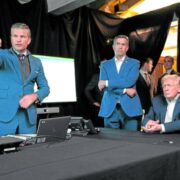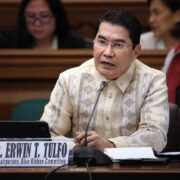Feast for the ears: PPO kicks off concert season
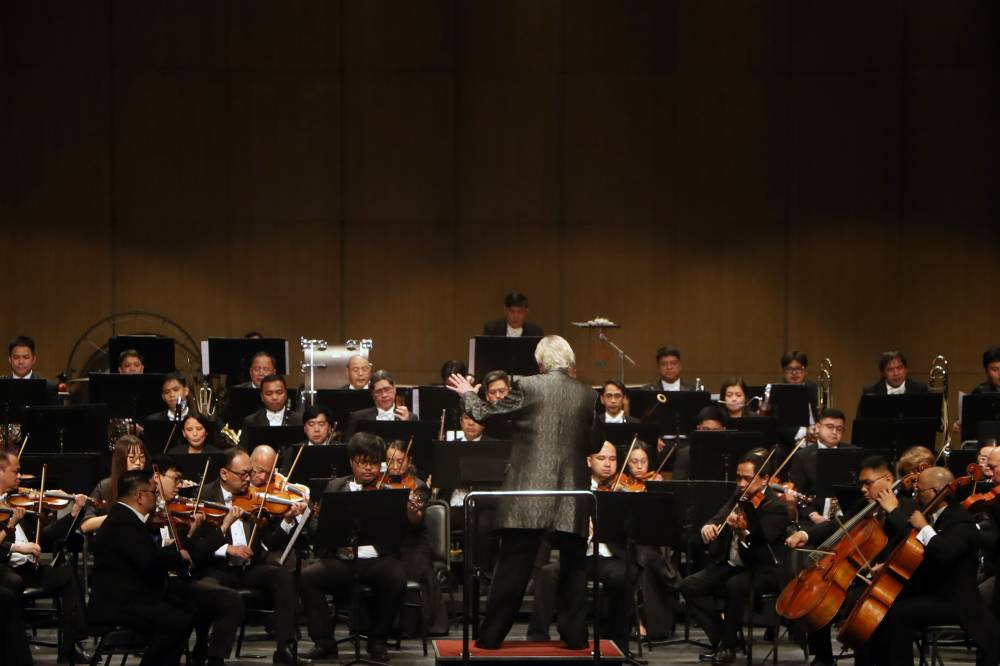
The Philippine Philharmonic Orchestra (PPO) recently kicked off its concert season at the Samsung Performing Arts Theater in Makati City with a bang.
Dubbed “Forte,” the show has PPO celebrating the symphonic might it has gained since it was founded some 40 years ago.
Dr. Jaime C. Laya, chairman of the Cultural Center of the Philippines’ (CCP) board of trustees, recalled in his welcome remarks how the PPO became the country’s premiere symphony orchestra. CCP president Kaye Tiñga, on the other hand, said the PPO has enriched the country’s performing arts scene in music by featuring both foreign as well as Filipino musical artists.
There is much to celebrate this season, Tiñga said in her shared message with artistic director Dennis Marasigan in the program. They announced the designation of composer Jeffrey Ching as PPO’s new resident composer and Diomedes Saraza Jr. as PPO’s new concert master.
Conductor Grzegorz Nowak, who has already earned great admiration from Manila’s music enthusiasts, opened the concert with Ching’s “Fiesta Contrapuntistica.”
This piece, indeed, was a fitting opener. Written in seven sections, the piece is a “contrapuntal fantasy” built on the first few notes of the Philippine National Anthem.
Wit and charm
It was a feast for the ears to listen to the entire PPO playing the piece in the opening section, and later on the fugues eloquently played sectional by the musicians. Under the masterful wielding of the baton by Nowak, the musicians enjoyed playing their parts, both in the fugal as well as tutti sections. Of particular interest was the use of the maracas in the middle section that gave a most welcome celebratory tone.
The composer underscored both wit and charm in this new composition. As announced in the program, Ching will write another commissioned work for the PPO’s closing concert next year. This will be eagerly awaited.
Shlomo Mintz, the celebrated violin virtuoso, made an auspicious Manila debut. He cut the stance of a seasoned performer and played with resplendent flair Bruch’s Violin Concerto No. 1.
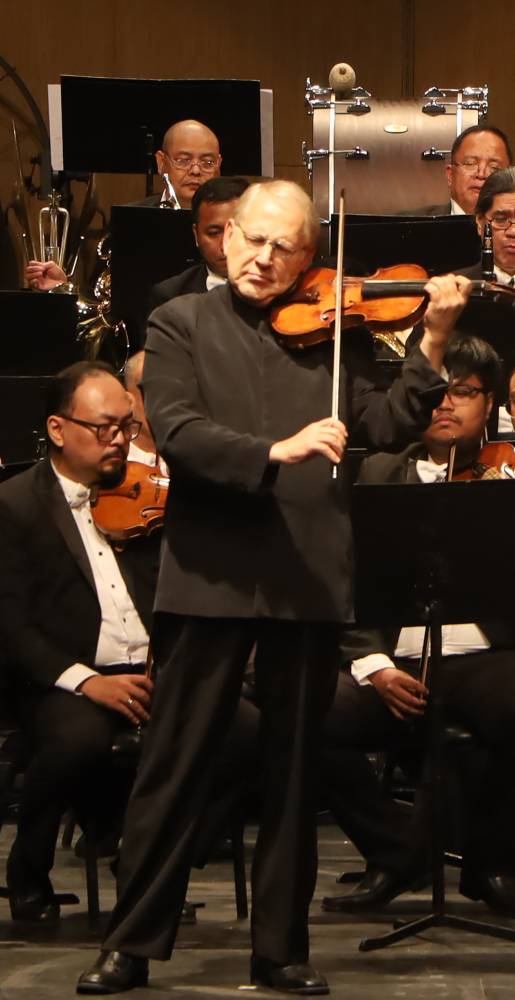
Only occasionally glancing at the conductor, Mintz forged a solid tandem with the orchestra to deliver a sterling performance. His solo passages in the first movement were crafted dashingly, including the abbreviated cadenza.
In the second movement, both soloist and orchestra highlighted the lyrical charm of the piece. In the final movement, Mintz displayed solid virtuosity as he crafted those astounding double stops in clear and brilliant tones.
The audience mightily applauded at the end. Mintz had to make several calls before he finally announced he will give an encore, as he carefully removed the lei of sampaguita flowers that the usherette had placed on his neck.
Rousing encore
Then came the rousing encore, the Paganini “Caprice” that Mintz played brilliantly. Once more the audience listened in awe as he played those arresting variations that called for a wide range of highly specialized techniques such as the arpeggios, double and triple stops, parallel octaves, pizzicatos, and the like.
Mintz certainly deserves a comeback.
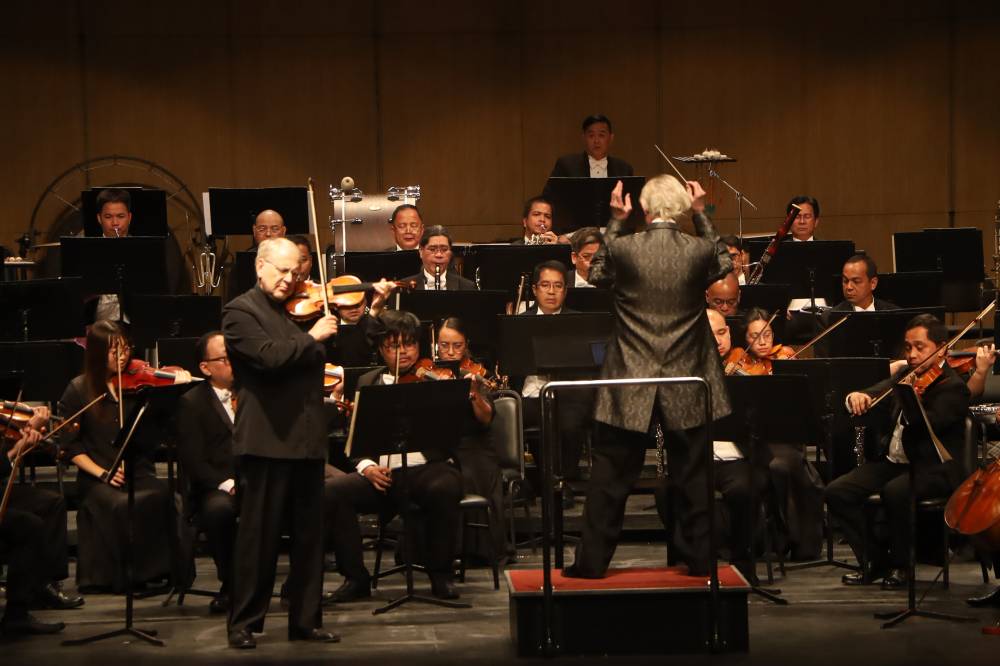
In the second half that concluded the program, the audience was treated to a glorious symphonic listening of the rarely heard Strauss opus in Manila, “Ein Heldenleben, Op. 40” (A Hero’s Life), which depicts the composer’s life in a symphonic poem—his favorite symphonic form.
Playing the piece without interruption, the PPO—which had to increase the number of musicians to around 90—surged through the work scored in six parts, under the authoritative command of Nowak.
Highlights included the violin solo played eloquently by Saraza, indeed, a propitious welcome. This solo violin personifies Strauss’ wife, following the section depicting the composer’s critics.
Trumpets played off stage in section four, announcing the adversaries the hero would have to face and eventually conquer. This led to a serene section that reflected the composer at peace with the world and his final fulfillment, which the orchestra convincingly portrayed.
Listening was a truly absorbing experience as the PPO dished out the program behind this magnificent symphonic work. The musicians played with great conviction, and one could easily tell that they enjoyed playing.
This was inspired by the conductor’s precise direction, dictated by an absolute understanding of the piece being performed, rendering in full the work that showed enormous range from chamber to full symphonic sound.
Bravo, PPO!





